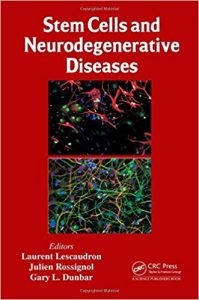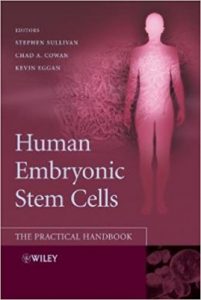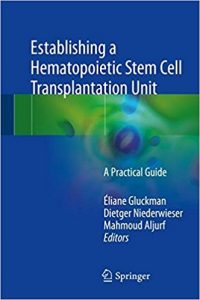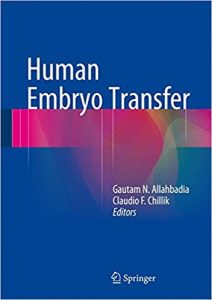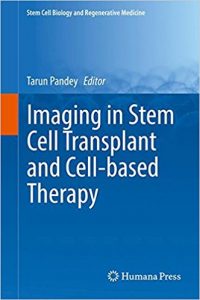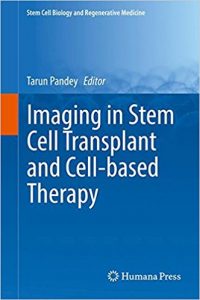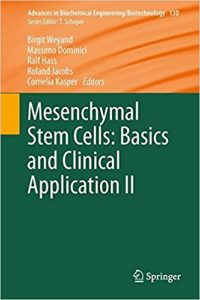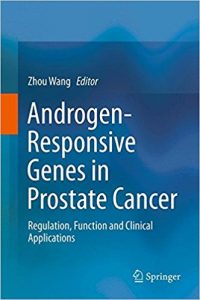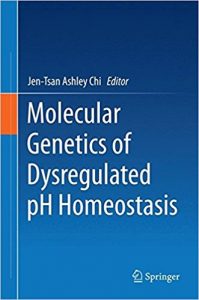Mitochondrial Disorders Caused by Nuclear Genes

[amazon template=iframe image2&asin=1461437210]
Mitochondrial cytopathies are mutations in the inherited maternal mitochondrial genome, or the nuclear DNA-mutation. Mitochondrial respiratory chain disorders (RCD) are a group of genetically and clinically heterogeneous diseases, due to the fact that protein components of the respiratory chain are encoded by both mitochondrial and nuclear genomes and are essential in all cells. In addition, the biogenesis, structure and function of mitochondria, including DNA replication, transcription, and translation, all require nuclear encoded genes. Since mitochondria are present in every cell, every tissue, mitochondrial disorders usually affects multiple organs. Mitochondrial Disorders Caused by Nuclear Genes discusses the biochemical, molecular, clinical, and genetic aspects of complex dual genome mitochondrial disorders. Chapters include genes involved in mitochondrial DNA biogenesis and maintenance of mitochondrial DNA integrity, complex subunits and assembly genes, and mitochondrial protein translation related diseases.

